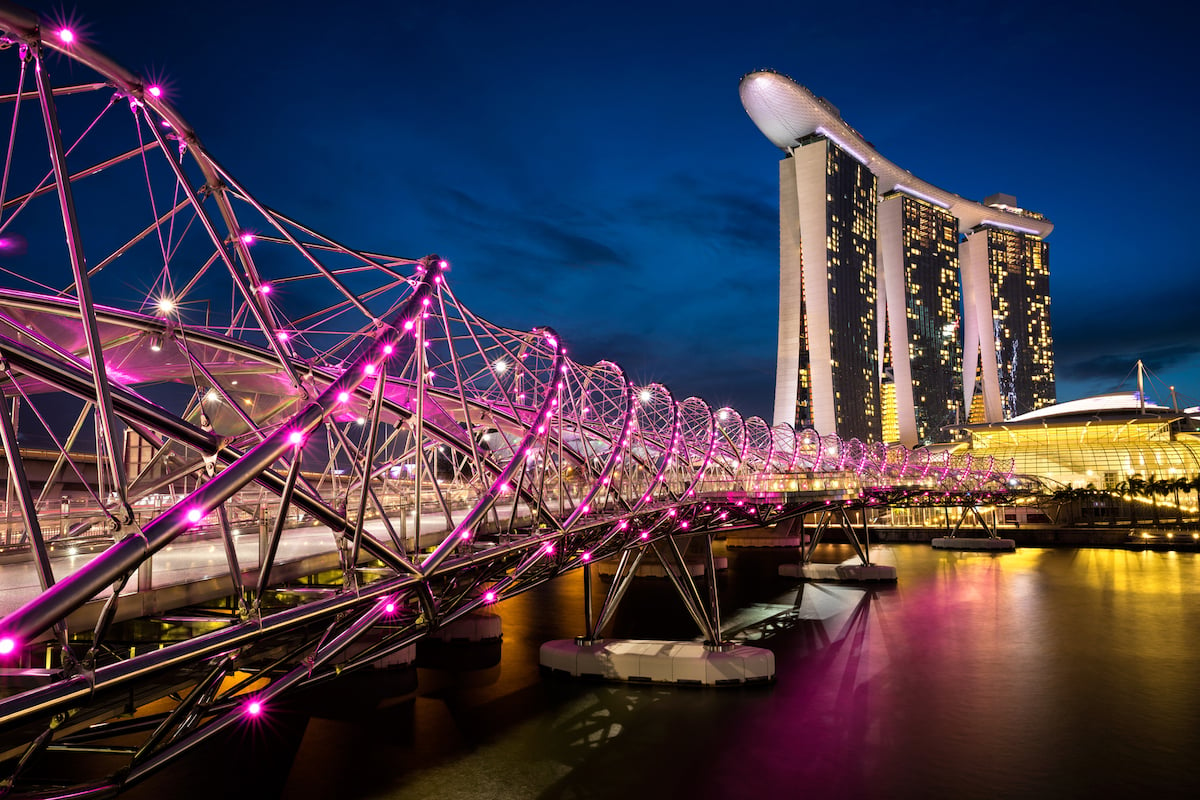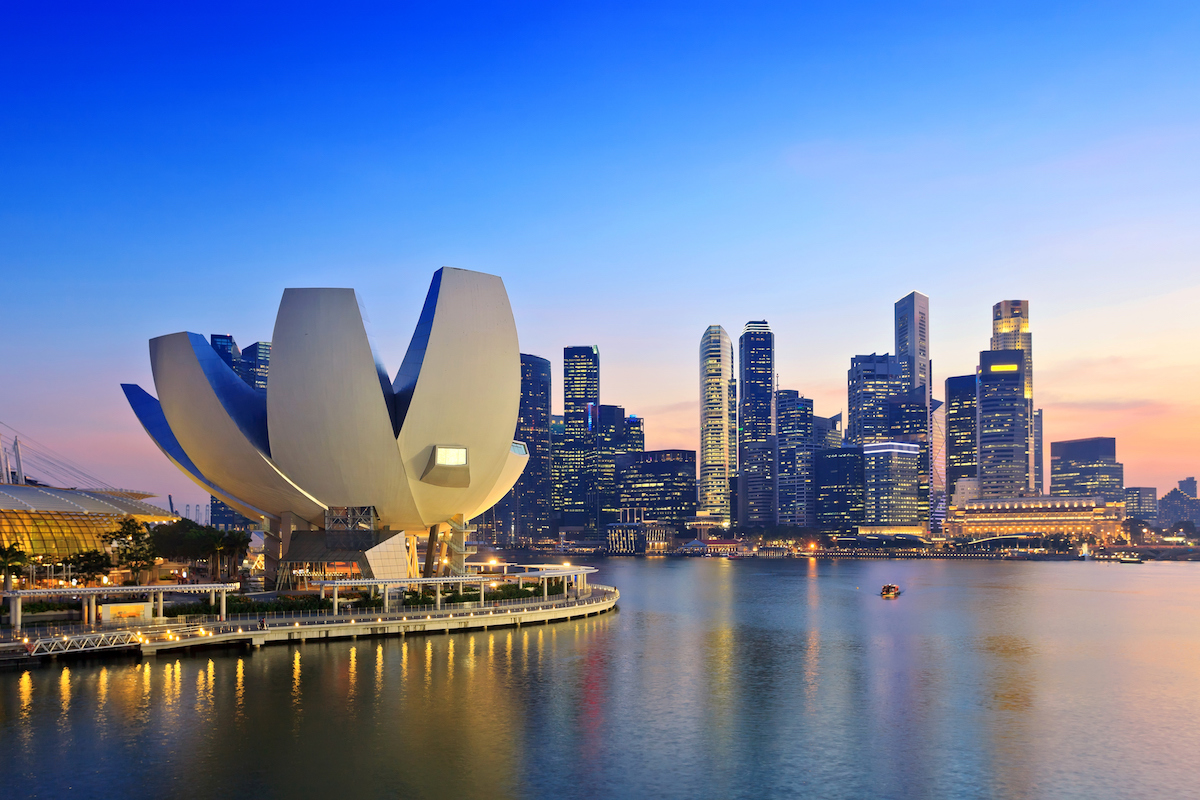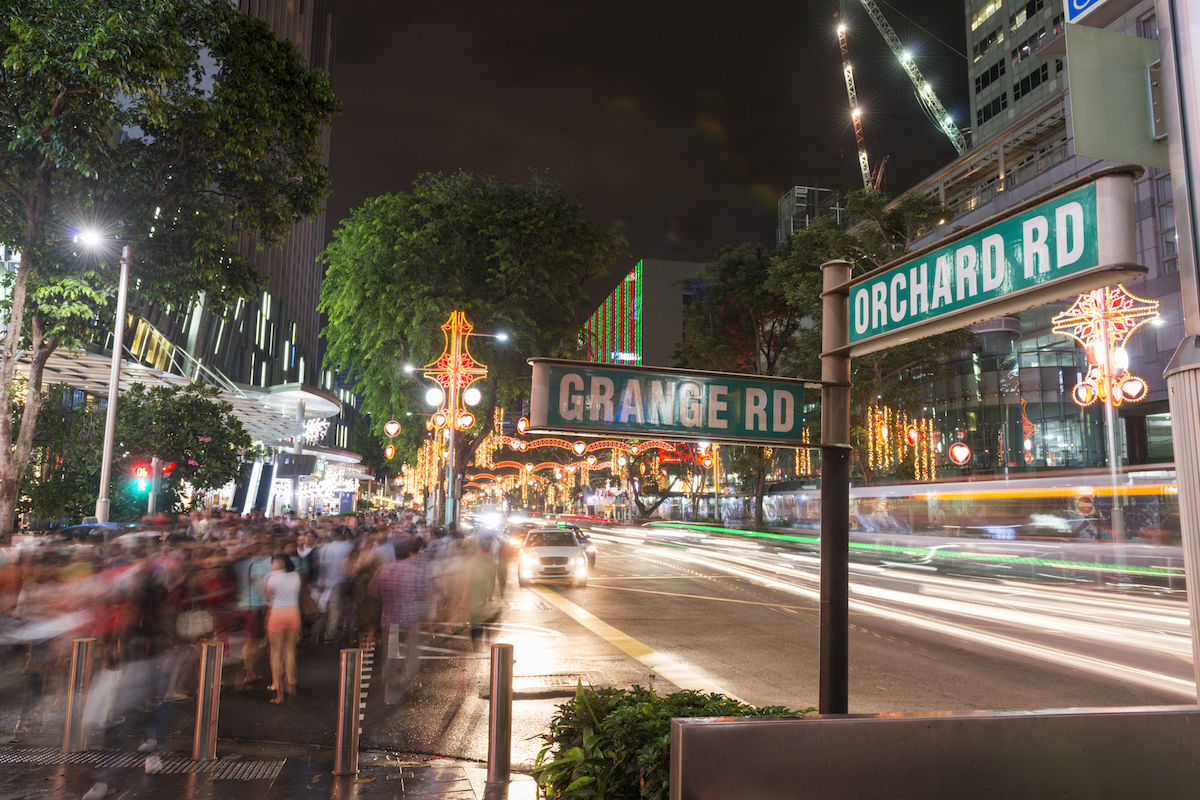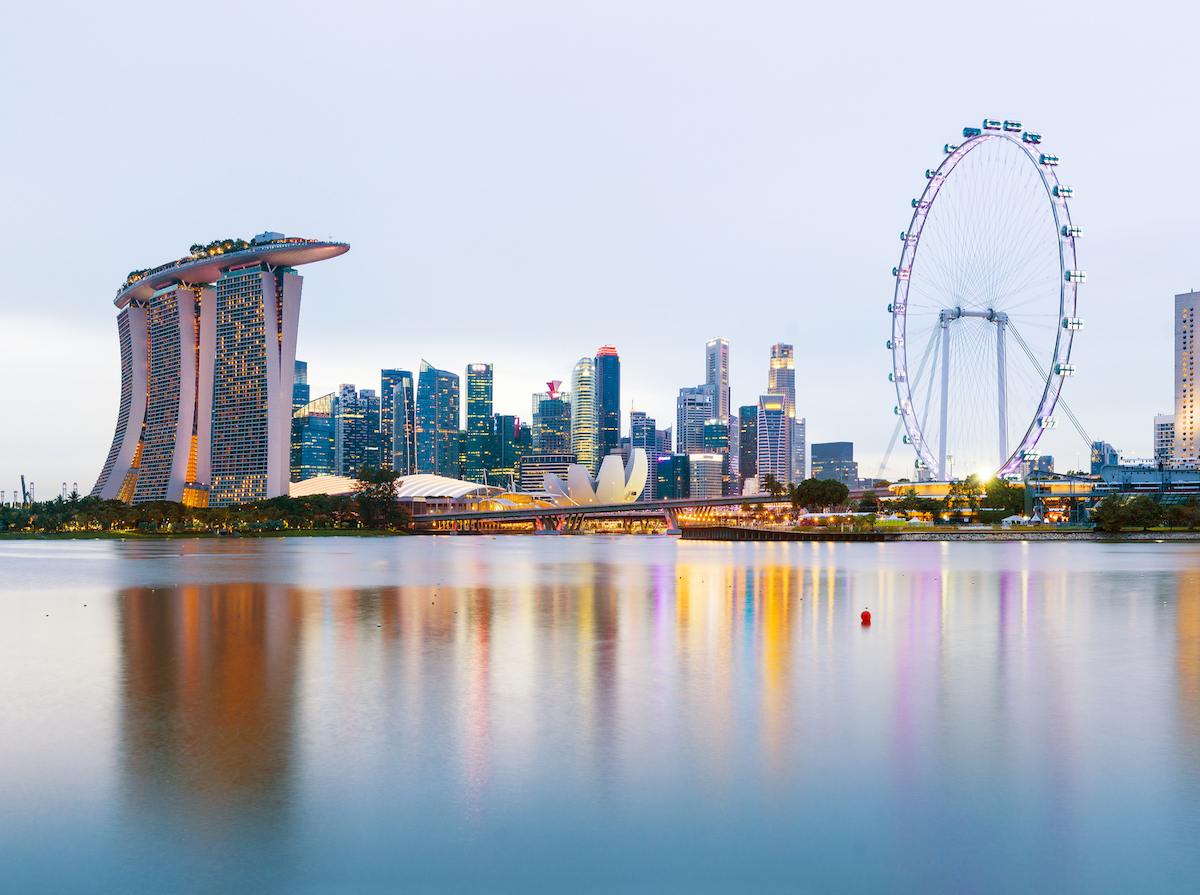-
Growth
Since its independence from the UK in 1963, and subsequent separation from Malaysia, Singapore has grown from a poor nation in a difficult region to become one of the world’s wealthiest nations.
-
Future city
Singapore has an ambitious plan to use data to optimise public services. Its vision of ‘mobility’ means using algorithms to time the lifts in public housing to meet up with buses and metro trains, while the National University is conducting trials of drones delivering packages to ships offshore. Such initiatives are vital, as by 2030 1 in 4 Singaporeans will be 65 and over – meaning a big welfare bill and a dwindling workforce.
-
Globalisation
In recent decades, Singapore has played host to many multinational companies, attracted to the country’s stability, low taxes and high standards of living. The country ranked second in the World Bank’s 2016 ‘Doing Business’ ratings, which measure a range of indicators of an economy’s efficiency and openness.
Free trade and globalisation, however, have become political hot-button issues and the future looks uncertain for small, open economies like Singapore. Rising real estate and labour costs are also making the city less attractive to investors. To mitigate the risks, Singapore is trying to shift its economy to build stronger local companies that can go out into the world.
-
Financial services
The city–state’s financial district is home to many of the world’s largest banks, and is the third -largest foreign exchange trading hub in the world. The country’s regulators don’t want to rest on their laurels, and are pushing for the country to become a hub for venture capital and disruptive financial technology.
-
Safe haven
Singapore does boring very well. The nation is surrounded by dynamic, fast-growing emerging markets with huge populations and potential, all of which are attracting the attention of international investors.
What those countries lack are Singapore’s robust legal system, high-level safety and security, and fierce rejection of corruption, making the city–state a calm gateway into South East Asia.
-
Mall culture
The Great Singapore Sale is a festival of shopping, held between May and July every year since 1994, which lures tourists from all across Asia to Orchard Road, a mile-long series of interconnected malls. Retail is more than a hobby in Singapore, where malls are landmarks across the island and ecommerce has never really taken off.
-
Port city
From every coastal path in Singapore, the horizon is dominated by long queues of ships waiting to come into port. The country hosts the world’s biggest transshipment hub, and, although a slump in world trade has hit the volume of containers passing through, the government is pushing on with the construction of a vast new port facility in Tuas, near the border with Malaysia.
-
Tourism
The Singapore government’s 2005 announcement that it would bring casinos to the conservative city took many by surprise. Gambling was – and still is – strictly regulated, and it is far harder and more expensive for locals to go to casinos than it is for tourists.
The development of the ‘integrated resorts’ in Marina Bay and Sentosa opened in 2010, and since then Singapore’s tourist arrivals have increased nearly 50%.








